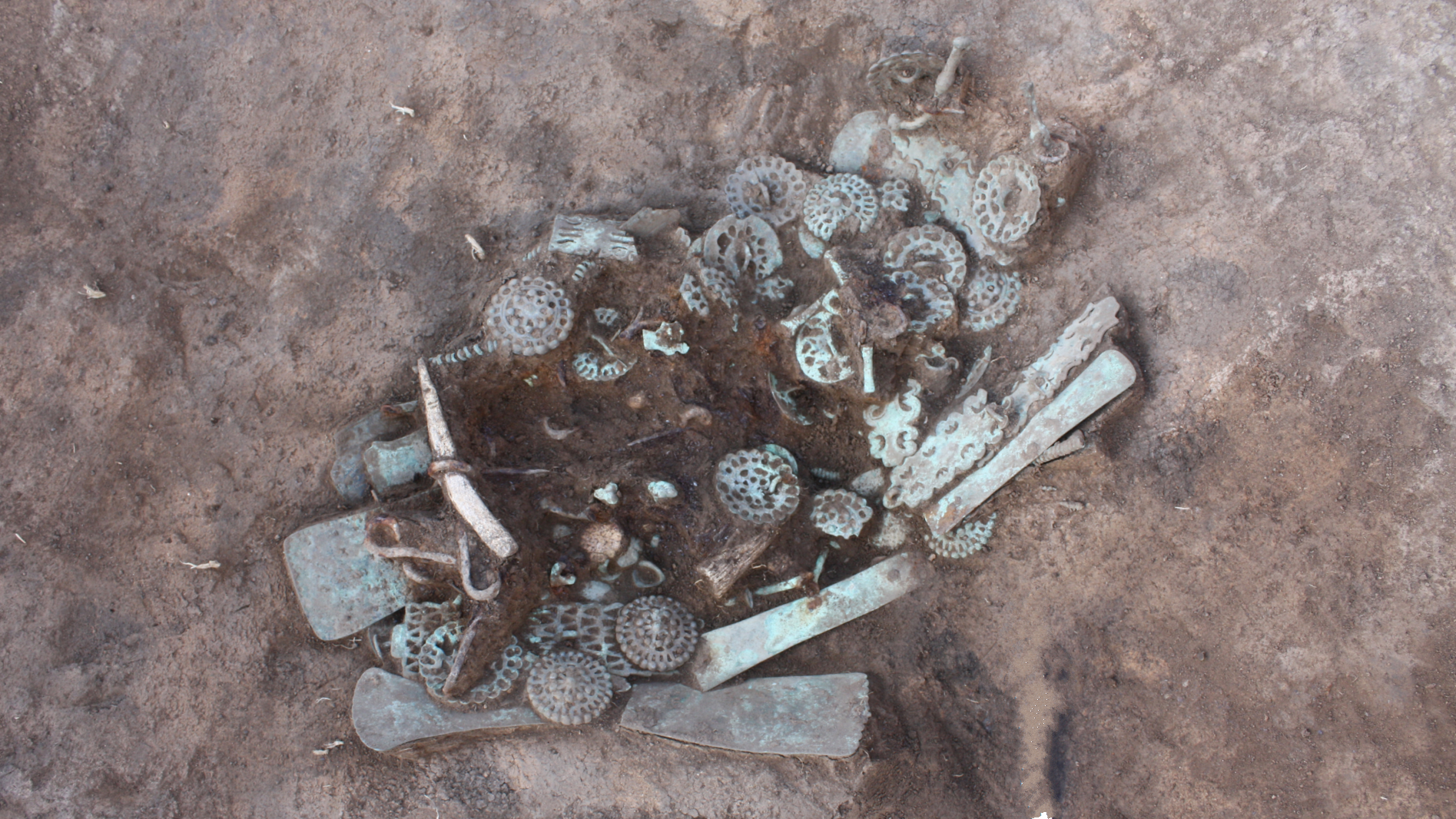Boy Dies from 'Brain-Eating' Amoeba Infection Picked Up in Hot Spring
The rare infection has a 97% fatality rate.

A boy in California died from a rare "brain-eating" amoeba infection after swimming in a hot spring, according to a new report.
In October 2018, the boy swam in a natural freshwater pool in an area known as Hot Ditch, a popular recreational spot in the Eastern Sierra region of California supplied by warm spring water and frequently visited by local residents and tourists alike. Twelve days later, the symptoms set in. After two days of being racked by fever, headaches and vomiting, the boy was brought to an intensive care unit in Southern California, where he experienced respiratory failure.
A CT scan revealed swelling in the brain; when doctors sampled cerebrospinal fluid through the patient's lower spine, they discovered microorganisms known as Naegleria fowleri. The case was described today (Sept. 13) in the Morbidity and Mortality Weekly Report, which is published by the Centers for Disease Control and Prevention (CDC).
N. fowleri, a single-celled organism found in warm freshwater bodies, can enter the brain only via the nose, according to the CDC. The amoeba cannot be contracted by swallowing contaminated water. Once inside the brain, the amoeba multiplies by feeding on brain tissue, causing an often-fatal condition known as primary amebic meningoencephalitis (PAM). As nervous tissue is destroyed, the organ swells dangerously. Of the 145 known individuals who contracted N. fowleri in the U.S. between 1962 and 2018, just four survived the infection, wrote the CDC.
Related 5 Key Facts About Brain-Eating Amoeba
The California boy died after three days of treatment in the hospital. The unfortunate incident marks the ninth case of PAM in the state since the first reported in 1971, and stands as the third case in a patient exposed to spring water, specifically, according to the MMWR. The infection is rare, but occurs most frequently in southern states and in young males exposed to warm waters during the summer. Today (Sept. 13), another case was reported in Texas where a girl named Lily Mae contracted the infection after swimming in the Brazos River, according to KWTX.
The CDC notes that testing a body of water for N. fowleri can take weeks, and that no faster test is available. People who swim in warm fresh water should take note of the low risk, but can protect themselves by preventing water from going up their nose. The risk rises slightly in times when water levels drop and water temperature spikes, according to a 2019 statement by the North Carolina Department of Health and Human Services.
Get the world’s most fascinating discoveries delivered straight to your inbox.
"Cases are extremely rare, despite the millions of people who swim in lakes and rivers every year," Texas Department of State Health Services spokesperson Chris Van Deusen told KWTX.
- 10 Deadly Diseases That Hopped Across Species
- Eating Brains: Cannibal Tribe Evolved Resistance to Fatal Disease
- 27 Oddest Medical Case Reports
Originally published on Live Science.

Nicoletta Lanese is the health channel editor at Live Science and was previously a news editor and staff writer at the site. She holds a graduate certificate in science communication from UC Santa Cruz and degrees in neuroscience and dance from the University of Florida. Her work has appeared in The Scientist, Science News, the Mercury News, Mongabay and Stanford Medicine Magazine, among other outlets. Based in NYC, she also remains heavily involved in dance and performs in local choreographers' work.


